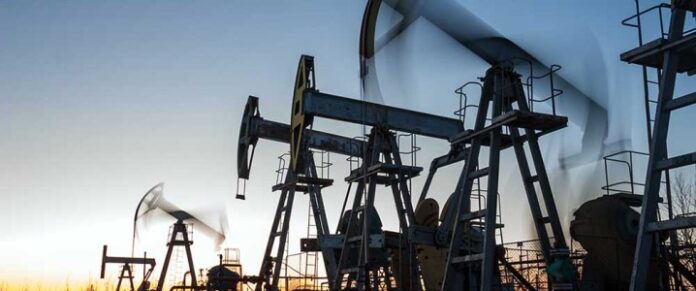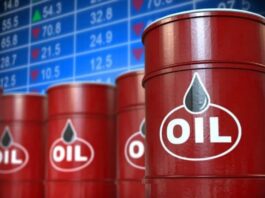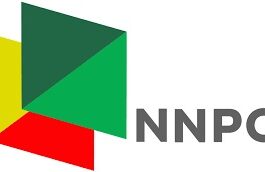*Canada, Argentina, Saudi Arabia, China, and Algeria all have huge shale oil and gas resources, and they are beginning to assess and develop them to boost energy security and gain a foothold on the global markets.
*Saudi Arabia is developing Jafurah, the largest unconventional gas field discovered so far in the Kingdom.
*Shale oil and gas exploration is an important part of China’s push to boost its reliance on domestic oil and gas production and reduce its significant exposure to foreign hydrocarbon resources.
Over the past decade, the United States has become the world’s biggest crude oil producer and the top LNG exporter—all thanks to the shale boom.
Fracking has boosted U.S. oil and gas production to record highs and significantly raised America’s oil and gas exports, giving the United States sway over global oil and LNG markets. Soaring U.S. oil production has challenged OPEC’s decades-long influence on global oil supply and prices, while American LNG exports have upended global natural gas trade, both in cargo flows and pricing mechanisms.
The U.S. dominates global shale oil and gas production, and is likely to continue doing so for the foreseeable future. But new discoveries and smarter technology development are putting new countries on the shale production map.
Canada, Argentina, Saudi Arabia, China, and Algeria all have huge shale oil and gas resources, and they are beginning to assess and develop them, to boost energy security and gain a foothold on the global markets, according to a new GlobalData theme report, ‘Emerging Oil and Gas Shale Plays.’
Supportive regulation, huge reserves, and advanced fracking technology have made the U.S. the leader in global shale output, with a share of more than 80% of all shale oil and gas production in 2024, GlobalData says.
The Shale Boom Goes Global
The shale boom is now expanding to South America, Africa, and Asia, where large resource holders are looking to develop shale formations to increase domestic oil and gas supply and boost exports.
In Canada, the star shale play is the Montney Formation in Western Canada. Montney is one of the largest natural gas deposits on the continent and holds some rather solid crude oil resources—and some of the lowest production costs in the industry.
“The primary benefit of Canadian oil sands and Montney assets lies in their extensive inventory of low-cost resource,” Enverus said in an April analysis of the prospects of oil sands and the Montney shale.
According to energy investment firm Kimmeridge, the Montney is the top shale basin in North America with a view to future supply, sporting massive volumes of high-quality, untapped resources.
In South America, the Vaca Muerta shale play in Argentina is stealing the show.
Vaca Muerta—Spanish for ‘dead cow’—has been dubbed the Argentinian Permian, although its geologic properties have been compared more appropriately to the Eagle Ford.
The shale play is estimated to hold recoverable resources consisting of 16 billion barrels of oil and 308 trillion cubic feet of natural gas. Those numbers make the Vaca Muerta the world’s second-largest shale gas deposit and the fourth-biggest shale oil resource.
Drilling activity is set for a near-term slowdown as foreign firms and the biggest domestic producer, YPF S,A are pulling out some frac crews amid lower international oil prices and a major asset reshuffle with mergers and acquisitions in recent months.
But the long-term prospects of the Vaca Muerta shale resources remain intact, and Argentina is looking to monetize both the oil and gas production.
In Africa, OPEC member Algeria is nearing the finalization of agreements with U.S. supermajors Exxon and Chevron to explore and invest in its shale gas resources as the North African country bets big on boosting its gas pipeline and LNG exports.
Most of Algeria’s gas exports are heading to Europe, which is increasingly betting on Africa to import large volumes of pipeline gas and LNG to replace pipeline gas supply from Russia, which was Europe’s top gas supplier before the Russian invasion of Ukraine.
Algeria holds huge conventional natural gas reserves, and it is also estimated to have the third–largest shale gas reserves in the world after China and Argentina.
Further east, the world’s top crude oil exporter, Saudi Arabia, is developing Jafurah, the largest unconventional gas field discovered so far in the Kingdom. Jafurah, the biggest non-associated gas development in Saudi Arabia, is estimated to contain 229 trillion standard cubic feet of raw gas and 75 billion stock tank barrels of condensate. Saudi Aramco prepares to start phase one production at Jafurah this year. The unconventional resource is a cornerstone in Aramco’s goal to boost domestic gas production capacity by 60% by 2030 relative to 2021.
“We look forward to Jafurah playing a major role as a feedstock provider to the petrochemicals sector, and supplying energy required to power new growth sectors, such as AI data centers, in the Kingdom,” Aramco’s president and CEO Amin Nasser said earlier this month, commenting on an $11-billion midstream deal for Jafurah’s processing facilities.
In the Far East, China is also working to boost shale gas and oil production, with its state energy giants discovering new resources and authorities certifying growing volumes of oil and gas at newly-discovered shale plays.
China has substantial shale resources, especially in natural gas, but extracting them is a challenge, unlike in the United States, due to the complex geology of the local shale formations.
Even so, shale oil and gas exploration is an important part of China’s push to boost its reliance on domestic oil and gas production and reduce its significant exposure to foreign hydrocarbon resources.
=== Oilprice.com ===








